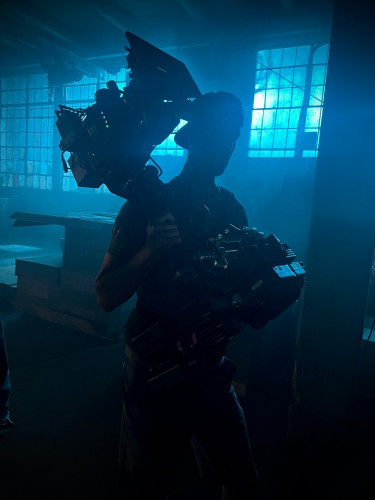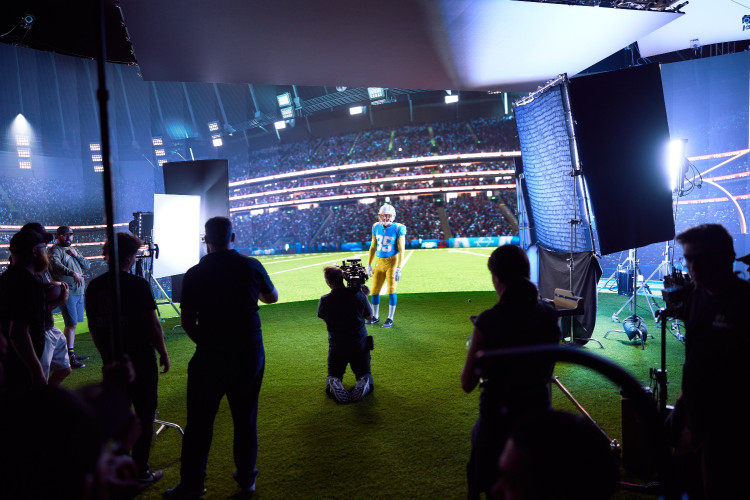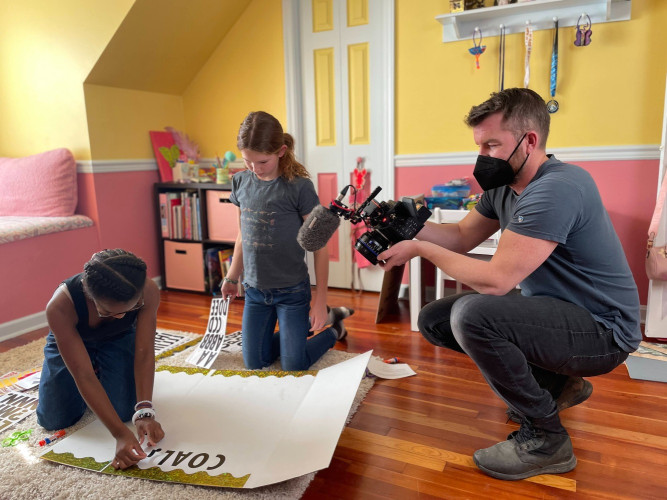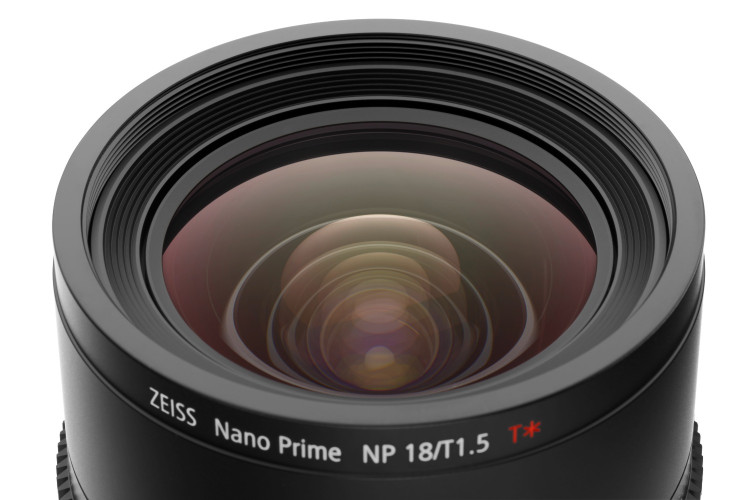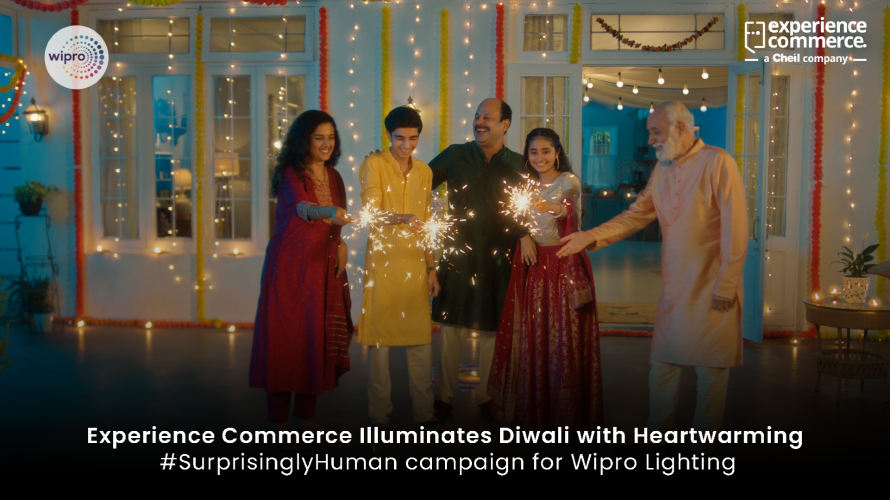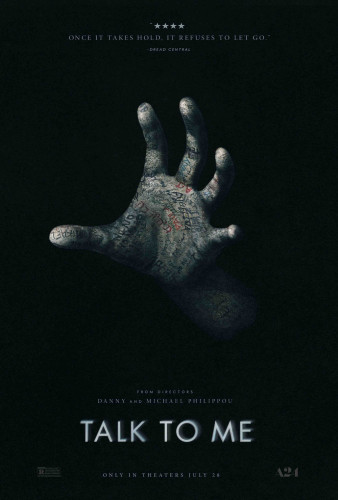Ask the experts: What lens?

Author: Peter Daffarn
Published 1st March 2013
Ask the Expert with Paul Sargeant, Procam TV
When choosing the right lens for your project, there are a huge range of options to choose from that depend entirely on your individual project and your needs. You need to think about the quality of filming you require, where the content will be placed, what camera you will be using to shoot it and how you plan to store it before being able to make a sensible choice. And with the emergence of 4K technology and the possibility of publishing content online, the range of choices becomes even greater. Where on earth do you start?
How important is the right lens?
It is always important to remember that the lens of a camera is like the human eye – no matter how good the inside workings might be, this initial filter will impact the whole image and experience. If the glass in front is blurry or low quality then the image captured will suffer as a result. So it is impossible to capture great, high quality images without a high quality lens.
Can you recommend a general use lens?
With lenses, there is no real “one size fits all” procedure to follow as each camera and each requirement is different. However, I always find it best to follow the simple rule "You get what you pay for!\" The problem with less expensive lenses is that sensitivity is reduced, not to mention having greater issues with breathing, shading, focus control and overall 'sharpness', and, in a few cases, vignetting is clearly visible on the waveform monitor! This becomes less of a problem when working in a well-lit space as bright light really helps the lens to sharply capture an image, but you may suffer in low lighting – just like some people have to wear glasses at night but have no problems during the day. However, remember that you might encounter other problems with a cheaper lens that can really impact on image quality. But as with all filming, it is worth bearing in mind what effect you want to achieve in the end product. Are you going to be displaying it in ultra HD on a huge screen or streaming it online? If you spend good money filming in high-quality then you want that extra effort to show in the end product. But if your audience are going to be watching on a low res laptop screen and streaming over the internet then this money will be wasted. In this situation, the quality of the lens will make less of an impact to the overall effect than other factors.
How can I get the best value lens for my money?
One of our daily challenges at Procam is trying to find the best and most suitable lens, which is also cost effective at the same time. The increased range of PL zoom lenses offers a good compromise between quality and cost. Ultimately, what lenses to use are very much a question of personal and budgetary choice. Most of the Major Lens manufacturers are now contacting Facilities houses and suppliers to find out customers’ needs after the massive boom in the digital 35 market. This is a clear sign of change in the market and the growth which is springing up in new areas.
What should I use when filming in digital?
It has become very apparent that the digital film boom is here to stay (minus the Sony F900R which still shoots on tape, due to its phenomenal reputation, and still the system of choice for many of our colleagues and clients) – this means many directors are pushing their equipment harder than ever before. Of course, you can't capture a great shot without fantastic glass - and demand for our top-brand lenses, such as the Arri Ultra Primes has certainly risen over the past few months.
How do I choose an appropriate lens for 4K filming or beyond?
The key to 4K, 5K or even 8K filming is to follow one simple rule: essentially, you get what you pay for. For example, if you use a standard ENG lens on a 4K sensor - the image will not have the level of clarity you'd expect from such a resolution and the end result may appear 'soft' despite being filmed on a high quality camera. This is because these lenses are designed to be used shoulder or tripod mounted cameras and cannot cope sufficiently with HD. Although at present a standard HD TV with a screen smaller than 70 inches won’t show the difference in quality with a substandard lens, you will in fact no longer be shooting in ultra high definition. When selecting a lens for this kind of filming, it's best to go for something like a Master Prime (Zeiss), which has been rated to clearly capture up to 8K (and beyond!) We're confident that such lenses will remain "future proof\" for the time being, and, when coupled with cameras such as Sony's F65, Arri Alexa & the highly anticipated Sony F55 – both of which are capable of delivering 4K, we trust that they will be up to the challenge.
What kind of mount should I consider?
Recently, we have started to notice that customers are increasingly requesting ENG style cameras with PL mount "cinema\" style lenses. This may be caused by the current shift towards visually ground breaking documentaries that have the 'cinematic' look, such as the BBC’s recent Africa series - a growth that we will continue to monitor, and, of course adapt to, dependant on what our clients need. With the increasing uptake of HD TVs, this cinematic quality is becoming ever more important to audiences.
Top tip:
You get what you pay for
Top tip:
The most expensive lens on offer isn’t always the most suitable
Paul Sargeant is senior operations manager with Procam TV, which he joined in March 2005; and has 15 years experience of the television industry, with a background in production and post production, TV and film support facilities, and equipment manufacturing and supply with Sony Broadcast. Today he works on developing and delivering Procam’s comprehensive facilities offering , cultivating working relationships with clients across the UK television and film industry, and beyond.



